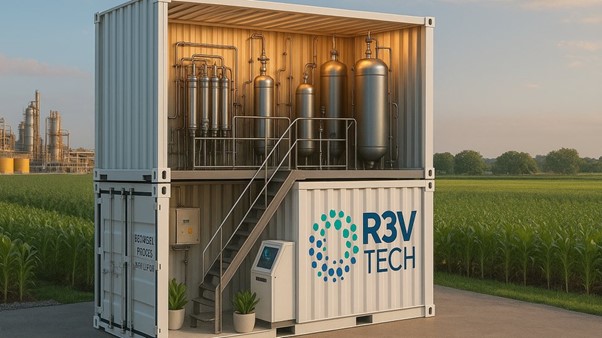Digital solutions remain a primary trend for chemical management in 2025. Two industry experts share their thoughts on the evolving benefits and risks.
“As awareness around the impacts of hazardous substances in working environments have grown in business and wider national consciousness, so have the pressures and demands of compliance.
For organisations that actively handle or store chemicals in their operations, the stakes are even higher – COSHH compliance is not just a legal requirement; it’s a matter of protecting workers’ safety and well-being.
In 2025, we foresee companies evolving from manual efforts to embrace digital solutions, addressing key hurdles to COSHH compliance.
To maintain long-term compliance as expectations evolve, businesses should turn to reporting software, moving away from spreadsheets and siloed administrative processes that increase the risk of undetected hazards.
User-friendly reporting tools will further reduce incidents and provide easy access to critical information across their operations. For those working directly with hazardous substances, access to real-time information will ensure they know the hazards associated with the chemicals they’re handling, helping them to protect themselves better day-to-day.
This approach should be supported by detailed training, well-ventilated environments, and up-to-date safety equipment. Meanwhile, for those in charge, greater chemical knowledge will empower proactive decisions, such as introducing safer substances through chemical substitution.
The move to digitalisation and the role of AI go hand in hand. AI cannot, and should not, take over active managerial leadership or make human-centric decisions about chemical safety.
However, the technology will enable faster reactions to compliance requirement changes, more rapid safety data sheets updates, better support and troubleshooting on niche problems, and, ultimately, more proactive management of hazardous chemicals in the UK workplace.
Smart chemical management is fundamental to protecting workers, with exposure to dangerous substances increasing the risks of developing serious illness and threatening an employee’s quality of life. In 2025, companies should prioritise focus on visibility and proactive actions, and ensuring workers are protected from hazardous substances.”
ecoonline.com
“Now that 2025 is here, the chemicals sector is focused on adapting to digital disruption and becoming more agile. Companies are leveraging technologies, such as the internet of things (IoT) and AI, to enable greater automation and uncover deeper insights from across their supply chains and production processes.
Looking ahead, we can expect transformative software trends to continue to reshape the chemicals sector. Industrial AI solutions such as predictive analytics are helping embed resilience and agility across the supply chain. Companies are investing heavily in AI-driven forecasting tools to anticipate demand and optimise inventory management.
In the next 12 months, the chemicals sector will see a wider uptake of industrial intelligence solutions – where teams share AI-infused insights from across the value chain to make better decisions. This practice will help create a digital-first, cross-functional workforce.
New digital technologies are also shortening time to innovation, making it possible to iterate faster on product development and process optimisation.
Furthermore, chemicals used in everything from food packaging to cleaning products will soon be produced more efficiently thanks to IoT and AI-driven systems that predict exactly what materials are needed and when.
The resulting operational agility and innovation will help reduce costs and resource waste, while speeding time to market with more sustainably manufactured products. However, data quality and governance are increasingly critical to ensure that AI insights are accurate, actionable, and relevant.
Companies must first ‘get their house in order’ with well-managed, accurate data before they see the rewards of AI. The winners in AI will start from this stronger foundation.
aveva.com










